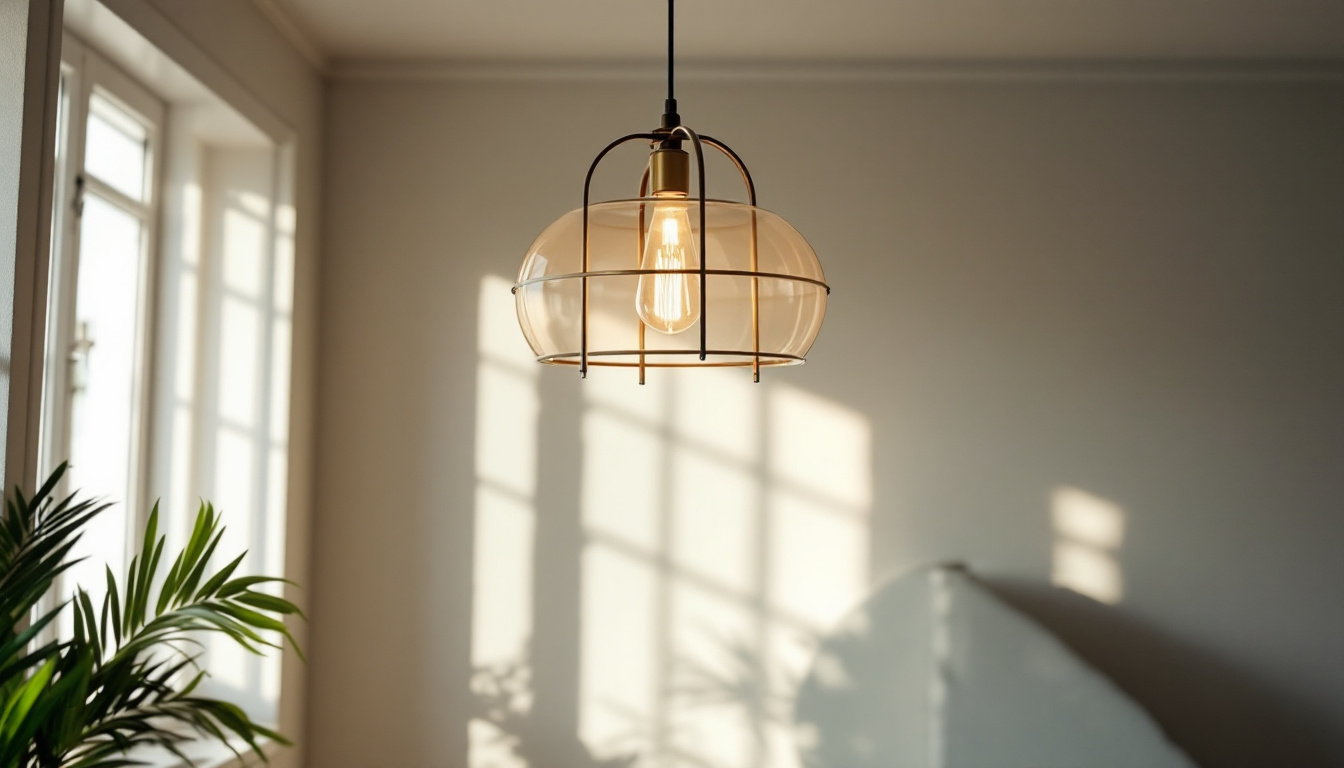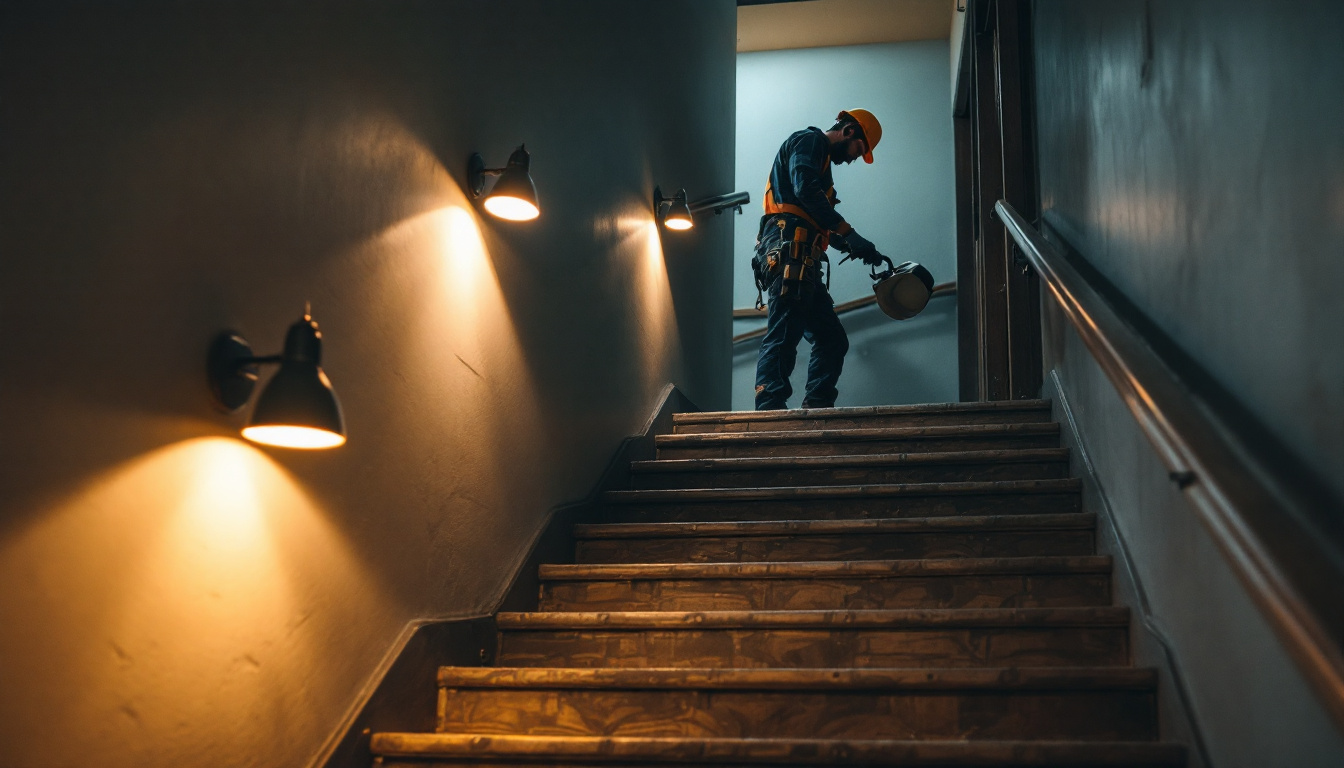
As the world evolves, so does the approach to lighting design and installation. The lighting industry is undergoing a transformation, driven by advancements in technology, sustainability concerns, and changing consumer preferences. For lighting contractors, understanding these trends is essential to stay competitive and meet the demands of modern clients. This article explores the future of lighting design and installation, focusing on innovative technologies, sustainable practices, and the importance of collaboration.
The integration of technology into lighting design has revolutionized the way spaces are illuminated. From smart lighting systems to advanced control mechanisms, the future of lighting design is increasingly reliant on cutting-edge innovations.
Smart lighting systems are at the forefront of this technological shift. These systems allow users to control their lighting remotely through smartphones or smart home devices. Features such as dimming, color changing, and scheduling enhance user experience and energy efficiency. For lighting contractors, incorporating smart technology into designs not only meets client expectations but also opens up new avenues for project complexity and creativity.
Moreover, smart lighting can be integrated with other smart home technologies, creating a cohesive environment that enhances comfort and convenience. As clients become more tech-savvy, the demand for these systems is expected to grow, making it imperative for contractors to stay informed about the latest advancements. Additionally, the integration of sensors that adjust lighting based on occupancy or natural light levels can significantly reduce energy consumption, providing both ecological benefits and cost savings for homeowners. This level of automation not only simplifies daily routines but also promotes sustainable living practices, aligning with the growing trend towards environmentally responsible design.
Light Emitting Diodes (LEDs) have transformed the lighting landscape over the past few years. Their energy efficiency, longevity, and versatility make them the preferred choice for many applications. As LED technology continues to evolve, new possibilities emerge for lighting design.
For instance, advancements in color temperature and brightness control allow for more nuanced lighting solutions that can adapt to various settings and moods. Additionally, the development of organic LEDs (OLEDs) offers a new dimension in design, enabling thinner, flexible, and even transparent lighting solutions. Lighting contractors should explore these advancements to provide innovative solutions tailored to client needs. The emergence of tunable white LEDs, which can shift between warm and cool tones, allows for dynamic lighting environments that can enhance productivity in workspaces or create a relaxing atmosphere in residential settings. Furthermore, with the rise of circadian lighting, which mimics natural daylight patterns, designers can now create spaces that promote well-being and improve overall health, making it an exciting time for innovation in the lighting industry.
As environmental concerns become increasingly prevalent, sustainability is no longer just a trend; it is a necessity. The lighting industry is responding by adopting more sustainable practices, which not only benefit the planet but also resonate with eco-conscious clients. This shift is not merely about compliance with regulations but is also driven by a growing awareness among consumers who are prioritizing green solutions in their purchasing decisions.
Energy efficiency is a cornerstone of sustainable lighting design. Utilizing energy-efficient fixtures, such as LEDs, not only reduces energy consumption but also lowers utility costs for clients. Additionally, incorporating daylighting strategies—using natural light to illuminate spaces—can significantly decrease reliance on artificial lighting. These strategies not only enhance the aesthetic appeal of a space but also contribute to improved well-being, as studies have shown that natural light can boost mood and productivity.
Lighting contractors can play a pivotal role in promoting energy-efficient solutions. By conducting energy audits and recommending appropriate fixtures, they can help clients achieve their sustainability goals while enhancing the overall aesthetics of their spaces. Moreover, the integration of smart lighting systems, which allow for automated adjustments based on occupancy and ambient light levels, can further optimize energy use, providing both convenience and efficiency.
Another critical aspect of sustainability in lighting design is the responsible disposal and recycling of lighting products. Many traditional lighting fixtures contain hazardous materials, making proper disposal essential. Contractors can educate clients on the importance of recycling old fixtures and choosing products that are designed for easy disassembly and recycling. This not only mitigates environmental harm but also encourages a circular economy where materials are reused rather than discarded.
Furthermore, selecting manufacturers that prioritize sustainability in their production processes can significantly reduce the environmental impact of lighting installations. By advocating for eco-friendly products, contractors can position themselves as leaders in sustainable lighting design. They can also explore partnerships with local recycling programs and initiatives, which can provide clients with convenient options for disposing of outdated lighting systems responsibly. This holistic approach not only fosters a culture of sustainability within the community but also strengthens the contractor’s reputation as a forward-thinking professional committed to environmental stewardship.
In the future of lighting design and installation, collaboration will be more crucial than ever. The complexity of modern projects necessitates a team-oriented approach that brings together various stakeholders, including architects, interior designers, and electrical engineers.
Creating effective lighting solutions requires input from multiple disciplines. By collaborating with architects and interior designers, lighting contractors can ensure that their designs complement the overall vision of the project. This interdisciplinary approach fosters creativity and innovation, resulting in more cohesive and functional spaces.
Moreover, engaging with electrical engineers early in the design process can streamline installation and ensure that all technical requirements are met. This collaborative mindset not only enhances the quality of the final product but also improves client satisfaction. Furthermore, the integration of technology into lighting design, such as smart lighting systems and energy-efficient solutions, necessitates a thorough understanding of both design aesthetics and technical specifications. By working closely with engineers, designers can leverage cutting-edge technologies that not only meet the functional needs of a space but also elevate its visual appeal.
Engaging clients throughout the design and installation process is essential for successful outcomes. Lighting contractors should prioritize clear communication and education, helping clients understand the benefits of various lighting solutions and technologies.
By involving clients in decision-making, contractors can ensure that the final design aligns with their vision and needs. Additionally, providing clients with information on maintenance and energy-saving practices can foster long-term relationships and encourage repeat business. This educational aspect is particularly important in an era where sustainability is a significant concern. By informing clients about the environmental impact of their choices and the long-term savings associated with energy-efficient lighting, contractors can empower them to make informed decisions that benefit both their spaces and the planet. Workshops, demonstrations, and interactive design sessions can further enhance client engagement, creating a collaborative atmosphere where ideas can flourish and innovative solutions can emerge.
As the lighting industry continues to evolve, several emerging trends are shaping the future of design and installation. Staying abreast of these trends is vital for lighting contractors seeking to remain competitive and relevant.
Human-centric lighting focuses on the psychological and physiological effects of light on individuals. This approach considers factors such as circadian rhythms and the emotional impact of different lighting conditions. By designing spaces that promote well-being and productivity, lighting contractors can create environments that enhance the quality of life for occupants.
Implementing human-centric lighting solutions often involves dynamic lighting systems that adjust throughout the day, mimicking natural light patterns. This trend is particularly relevant in workplaces, healthcare facilities, and educational institutions, where well-being and performance are paramount. Research has shown that exposure to natural light can significantly improve mood and concentration, leading to higher productivity levels. Moreover, in healthcare settings, appropriate lighting can aid in patient recovery by reducing stress and anxiety, making it a critical consideration for designers and contractors alike.
Biophilic design, which emphasizes the connection between humans and nature, is gaining traction in lighting design. Incorporating natural elements into lighting solutions—such as using fixtures that mimic natural light or integrating plant life into designs—can create calming and restorative environments.
Lighting contractors can explore biophilic design principles by selecting fixtures that enhance natural aesthetics and promote a sense of tranquility. This approach not only appeals to clients’ desires for aesthetically pleasing spaces but also supports mental health and well-being. Furthermore, the use of organic materials and shapes in lighting fixtures can evoke a sense of harmony with the environment, encouraging occupants to feel more connected to the natural world. As urbanization continues to rise, the demand for such designs that bring a piece of nature indoors is likely to grow, making it an essential aspect of modern lighting design strategies.
The future of lighting design and installation is bright, driven by innovation, sustainability, and collaboration. For lighting contractors, embracing these changes is essential to thrive in a competitive landscape. By staying informed about emerging technologies, prioritizing sustainable practices, and fostering collaboration, contractors can position themselves as leaders in the industry.
As clients increasingly seek out innovative and eco-friendly lighting solutions, the role of the lighting contractor will continue to evolve. By adapting to these trends and focusing on client engagement, contractors can ensure their relevance and success in the ever-changing world of lighting design.
Ultimately, the future of lighting is not just about illumination; it is about creating environments that enhance experiences, promote well-being, and contribute to a sustainable future. By embracing this vision, lighting contractors can illuminate the path forward in the industry.
As you embrace the future of lighting design and installation, choose LumenWholesale to elevate your projects. We provide contractors with the highest quality, spec-grade lighting products at unbeatable wholesale prices. With our commitment to cutting out the middleman, you gain access to superior lighting solutions without the burden of inflated markups. Our extensive selection not only meets but exceeds industry standards, ensuring that every installation shines with reliability and performance. Plus, with the convenience of free shipping on bulk orders, you can secure premium lighting at the best value without any hidden fees. Make the smart choice for your business and your clients by visiting Wholesale Lighting at the Best Value and experience the perfect blend of quality, affordability, and convenience with LumenWholesale.

Illuminate your projects with confidence! Discover expert insights and practical tips tailored for lighting contractors in our comprehensive guide to commercial light bulbs.

Explore the science of ceiling lamps with insights tailored for lighting contractors.

Discover how innovative lighting solutions for stairways can significantly cut costs for lighting contractors.

Discover why staying updated on pendant lighting trends is crucial for contractors.